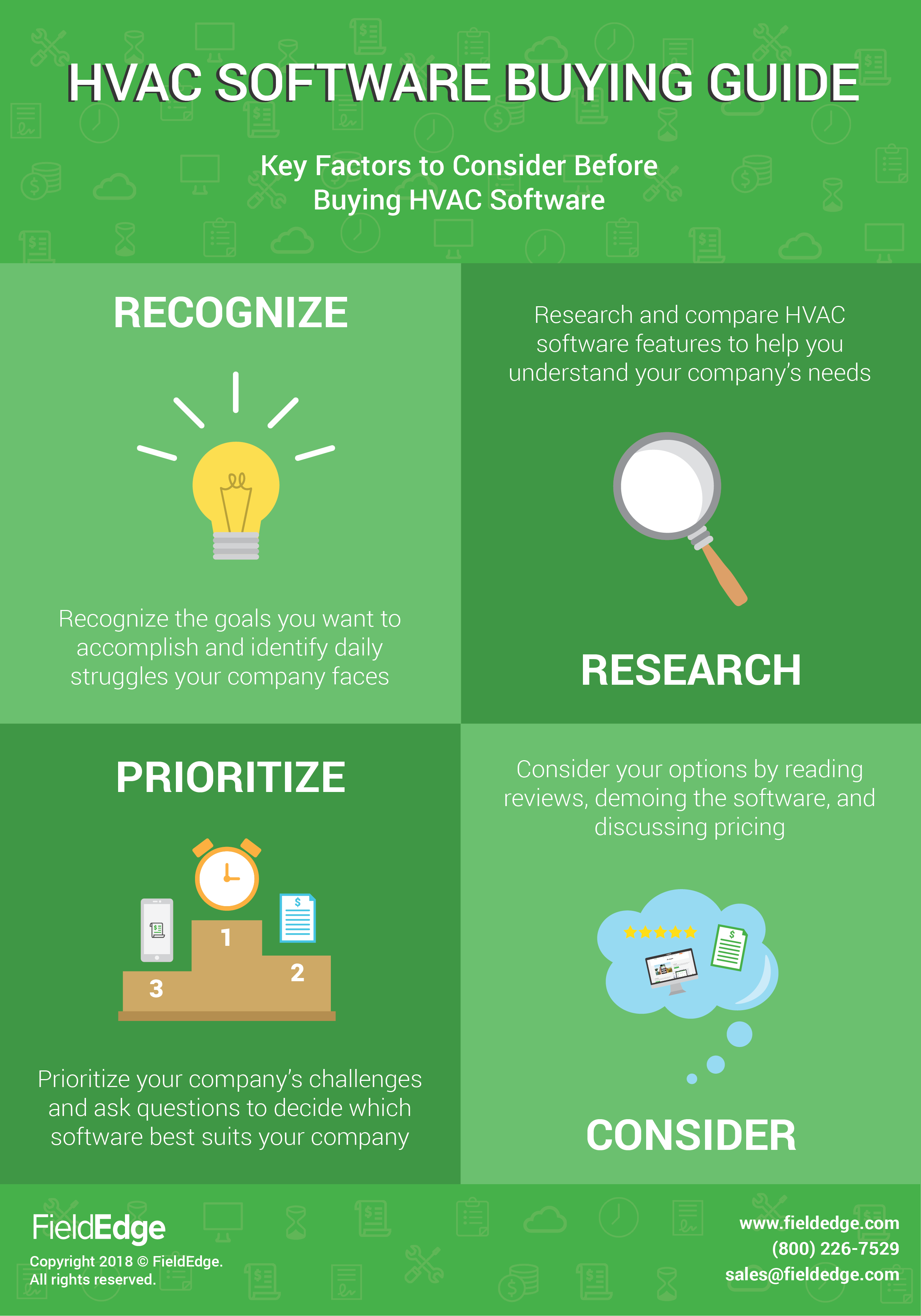Maximizing Convenience And Savings - Tips For Optimizing Your Heatpump Efficiency
Maximizing Convenience And Savings - Tips For Optimizing Your Heatpump Efficiency
Blog Article
Content Composed By-MacKay Bruhn
Whether you have a heat pump or have an existing central heating boiler back up, there are a couple of things that can be done to maximize your system for reliable procedure. By complying with these tips, you can take full advantage of comfort and savings without stressing your system or racking up energy costs.
Changing your thermostat for efficiency is one of the first steps. Utilizing zoning capabilities to limit home heating of unoccupied areas is one more reliable strategy.
1. Set Your Thermostat to the Right Temperature level
As the periods transform, balancing convenience and cost performance can be a difficulty. Fortunately, heat pump installation for residential can help you minimize energy consumption and make the most of savings.
Begin by establishing the best temperature for your household, then establish your thermostat appropriately. Avoid making huge lift and down in the temperature level setup, as this will certainly trigger your heat pump to cycle on and off more regularly, consuming much more power.
Instead, slowly reduced the temperature level in the evening for a more comfy sleeping setting. After that, raise it somewhat in the morning. Remember to maintain air vents open and guided downward when home heating, and up when cooling to optimize circulation.
2. Evaluate Your Device Consistently
A heatpump system needs minimal upkeep, but it is necessary to evaluate the device consistently to catch any kind of troubles prior to they become severe. Tidy indoor filters on a schedule set by the producer or when they're noticeably unclean, and make sure outside systems contend least two feet of clearance to permit air flow.
Checking the device will certainly additionally include cleansing, tightening up electrical terminals, and running efficiency examinations to ensure precision throughout heating and cooling settings. It's recommended to have an expert solution the heatpump two times a year. Performing these routine services can take full advantage of energy financial savings and extend the life of the system.
3. Clear Snow and Ice Around the Unit
Heatpump are made to run outdoors and require to be free of snow and ice in order to flow air. If your heat pump is obstructed by snow and can not attract air, it will toggle between heating and cooling and may overwork.
It's important to clear a two-foot clearance around your exterior system in order to improve air flow and protect against ice accumulation. Heatpump generally go into a defrost setting in the winter to thaw ice and snow however this process can be bothersome if your unit is blocked by way too much snow. https://www.sacbee.com/news/california/fires/article245113795.html will certainly decrease your energy efficiency and lead to costly repair bills in the future.
4. Inspect the Refrigerant Levels
A heatpump uses cooling agent to cool your home in summertime and cozy it in winter months. You can aid maximize its performance by frequently examining the refrigerant degrees.
It takes more energy to alter the temperature level of your heatpump from a comfortable readying to a cooler one than it does to preserve that temperature. Altering the temperature level for short amount of times can additionally lose power.
Dripping air ducts and filthy air filters can bring about uneven temperature levels. They can also make your heatpump much less effective and set you back more to run. A professional can situate and repair these issues to enhance your heat pump's performance.
5. Maximize Your Zoning Capabilities
Using the zoning capacities of a heatpump can assist to minimize energy waste by heating only busy spaces. This not just minimizes power usage however additionally decreases operating expense and expands the life of the system.
The Build Well balanced Zones device uses a genetic algorithm to construct areas that satisfy needed zone structure requirements. These criteria consist of equivalent area, compactness, and equal number of functions.
Furthermore, by using clever thermostat innovation to enhance the temperature setups based upon occupancy patterns and scheduling, you can additionally boost your heat pump's performance. Preserving a clean air filter, ensuring appropriate insulation and having your ductwork examined for performance can all add to enhanced power financial savings too.
6. Shielding the Outdoor Unit
Property owners frequently ask whether it's worthwhile to plant shade trees near their exterior ac system (AIR CONDITIONER) device. The solution is typically of course, as shading the air conditioning device can help reduce warmth from the sun, which consequently assists it cool more successfully.
However, https://docs.google.com/spreadsheets/d/1M4QoRQBniATnnSlfIthVFhYczUgYJf4lKxw942n_dzQ/edit?gid=1074771488#gid=1074771488 is very important to note that shielding the AC device does not necessarily reduce energy usage. As explained in the Conversation area of the FSEC record, the temperature level of the surrounding air has a larger influence on cooling down efficiency than does the volume of air drew in by the a/c unit.
If your cooling compressor gets on the south side of your house, think about planting high, deciduous trees with broad, spread-out covers. These can provide adequate shade within one year.